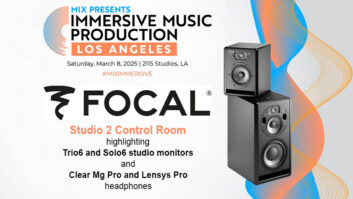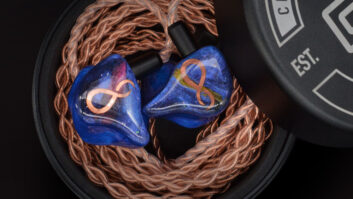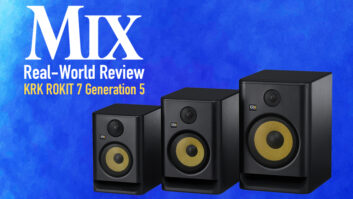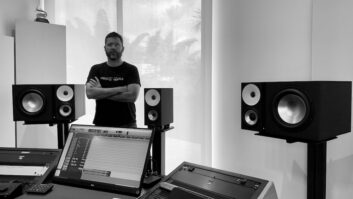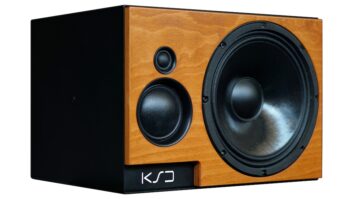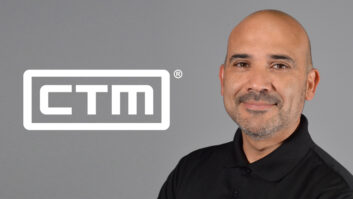Dave Stewart & Stevie Nicks at work on Stevie’s new album using Equator monitors
Equator Q10’s to be used on Latest Nicks project.
Hollywood, California –September 8, 2010…In the world of rock stardom few stars have shined brighter than that of Stevie Nicks. Her pursuit of excellence and attention to detail has proven itself ever increasing with each new addition to her extensive discography. Her latest project continues in that tradition. For her monitors she has chosen Equator Audio Research Q10s.
Equator Audio Research, recognized globally as a leading manufacturer of highly accurate studio reference monitors for mission critical recording applications, is very pleased to have been selected as Stevie’s monitors of choice.
The acquisition began when Scott Campbell, engineer for producer Glen Ballard, contacted Equator Audio to set up an evaluation. The speakers were brought to Ms. Nicks’ house where she would be recording tracks with Glen Ballard and Dave Stewart producing.
The Equator monitors are of a
coaxial design for absolute phase accuracy. Each speaker features an internal CPU for matching transducer output, facilitate the incorporation of an intricate proprietary crossover as well as have the ability to effectively incorporate corrective filtering. The system provides powerful DSP with software that is able to evaluate existing room conditions and apply the appropriate compensation so that, at any given listening position, the room conditions are removed as a sonic hindrance.
The room the session was to take place in is almost 30 feet across with 20+ foot ceilings. After setting up the Equator Q10 system behind Ms. Nick’s recording console, the Equator room analysis program was run. The Mac/PC software generates a series of white noise bursts and frequency sweeps that are rotated through the system one speaker at a time (up to an 8.2 system). In this stereo setup no subwoofer was being used (the Q10s deliver low frequencies down to 32 Hz). The bursts are used to identify each speaker’s exact location in relationship to each other as well as boundaries (walls, floor, and ceiling) and their relationship to the current position of the test microphone. The perfectly timed bursts also provide the math values needed to recognize time based reflections – based on the time a reflected burst arrives at the test microphone and its size in relationship to the initial burst. With these values the software is able to calculate for secondary reflections off of the console as well as the hardwood floor, chandelier and other reflective surfaces. The frequency sweeps are able to recognize and compensate for room response nodal and anti-nodal conditions as well as equalization curves at the microphone position (the listening position). The end result is an accurate listening position.
“The low end really tightened up� was Scott Campbell’s initial comment. The Q10s were used for a week at which time Stevie was sold.
About Equator Audio Research
Equator Audio Research is committed to delivering studio reference monitor solutions that overcome the myriad of challenges faced in today’s production environment. Audible obstacles such as comb-filtering from computer screens and consoles, standing waves, uneven first reflections, asymmetrical speaker placement, and poor low frequency diffusion can easily degrade the listening experience. Equator Audio Research designs products that overcome these challenges. Our products are used daily in mission-critical applications at many of the world’s finest recording studios. For additional information on all Equator Audio products, visit the company online at www.equatoraudio.com.
